Every frame was carefully hand-drawn and photographed in old-age animation, which required good patience and skill. It was all about traditional techniques like flipbooks, cel animation, rotoscoping and stop-motion techniques. But in this generation, animation is going through many technological shifts. It has grown beyond just a source of entertainment. For many sectors like engineering, healthcare, aerospace, automotive, legal, and defense, animation is becoming a breakthrough in the way how professionals visualize, present, and execute ideas. It can do things from streamlining product designs to creatin g precise medical simulations. More innovative trends rise, the more immersive, efficient, and boundless are the future of animation. In this blog, we will look into the latest tech trends that are building the future of animation by revamping its applications for businesses.
AI-Powered Animation: Smarter, Faster, and More Creative
There are some powerful things that can be done using AI-powered animation tools like automated character animation, deep learning for facial animation, and AI-assisted storyboarding. It reduces the time-intensive processes and improves precision. High-fidelity simulations can now be created by engineers and designers without having to spend months on manual rendering using AI-driven tools. It will also help in reducing costs of development by allowing real-time design adjustments for industries like automotive and aerospace.
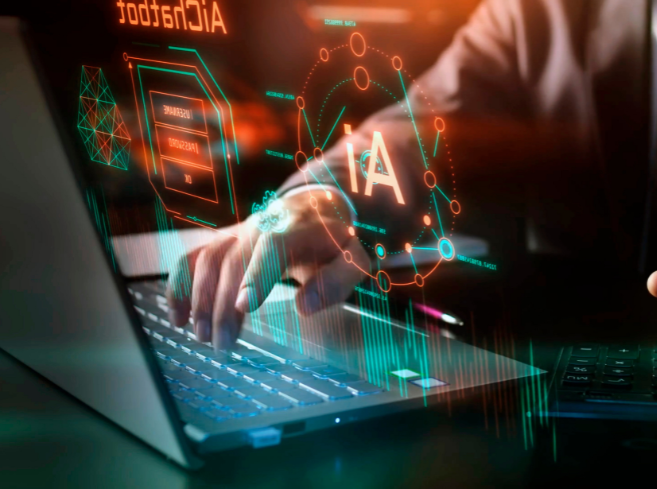
Real-Time Rendering for Industrial Applications
In the early days of animation, rendering high-quality animations was a time-consuming process. But with the implementation of real-time rendering, it is no longer a problem. Unlike old times, animators can now see their work rendered in real-time because of advanced GPUs and game engines like Unreal Engine and Unity. Real-time rendering is used in visualizing complex assemblies and detecting potential design flaws before physical production begins, in industries like manufacturing and construction. Instant feedback that makes collaboration across teams smoother is also provided in this technology.
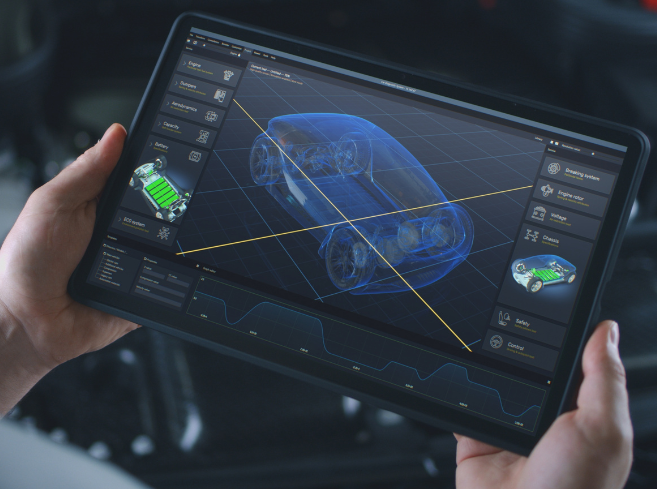
Virtual Reality (VR) and Augmented Reality (AR) for Training and Simulations
The way the animation industry is growing today was once beyond our imagination. With the implementation of AR and VR, industrial training and simulations are getting entirely revamped. Through practicing complex surgeries, reducing risk, and improving patient outcomes, medical professionals make use of VR-based animations. In the same way, for testing and optimizing aircraft designs in a virtual space, which helps in minimizing costly prototyping errors, aerospace engineers make use of VR.
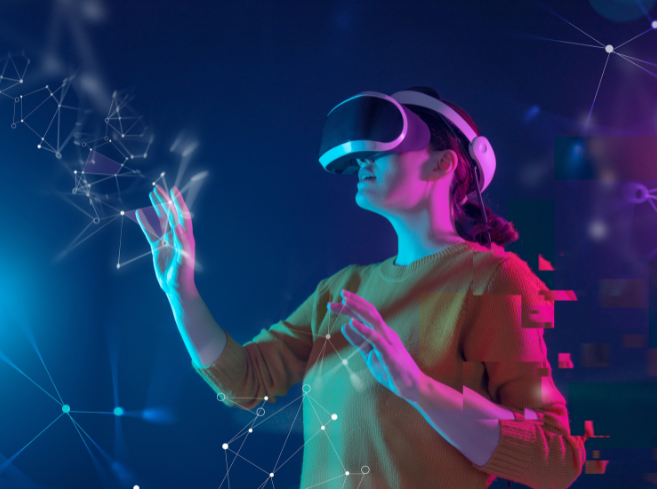
Hyper-Realistic 3D Visualization for Legal & Medical Industries
The importance of animation in legal proceedings and healthcare diagnostics is quite big. In accident reconstructions, forensic animation is used to recreate accidents which can make courtroom presentations easier to understand. And in medical field, doctors can explain intricate procedures to patients in a clear, visual manner using 3D animations. These applications largely help in improving communication and accuracy while making decisions.
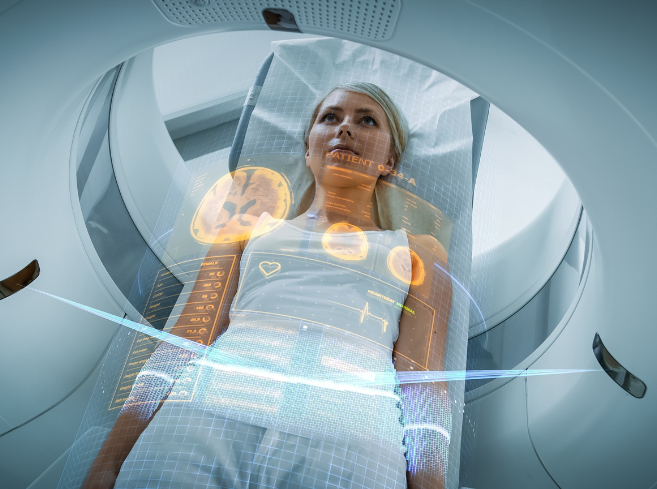
Cloud-Based Animation Studios: Collaboration Without Limits
The way animations are created and shared is changing due to the rise of cloud computing. Smooth collaboration among teams sitting in different locations is now possible with cloud-based animation tools. Multiple engineers, designers, and analysts need access to the same visual data for large-scale industrial projects. Here, using cloud-based workflows can eliminate redundancy and improve efficiency.
Motion Capture and AI-Powered Automation
Only Hollywood had the privilege of using motion capture technology before. But now, industrial applications have it too. For the analysis of biomechanics and the improvement of ergonomics in product development, engineers and product designers use motion capture, as it organizes animation processes by reducing manual work and making sure of precision.
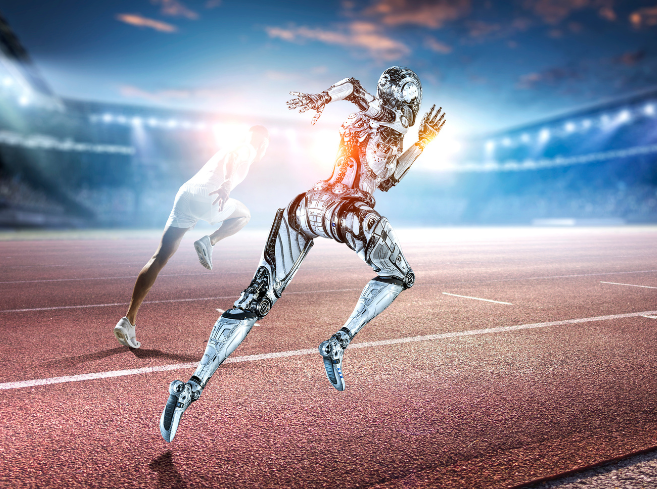
Blockchain and Security in Animation
Dealing with sensitive data, like in defense and legal services, requires a lot of attention and care. This is why one of the technological innovations in animation called as blockchain technology, is used in such industries to ensure data security and authenticity, as it helps in preventing unauthorized changes and keeping a clear record of ownership, which is important for industries dealing with proprietary visual assets.
For all industries wanting precision, efficiency, and clarity in visualization, animation is a must-have. It helps lower prototyping costs in manufacturing and improves training effectiveness in healthcare and defense. For receiving real, measurable business benefits from animation, join hands with Vee Technologies today for services, including 2D and 3D animation, visual effects (VFX) and compositing, e-learning solutions, augmented reality (AR), virtual reality (VR), mixed reality (MR), game development, and simulation development.
